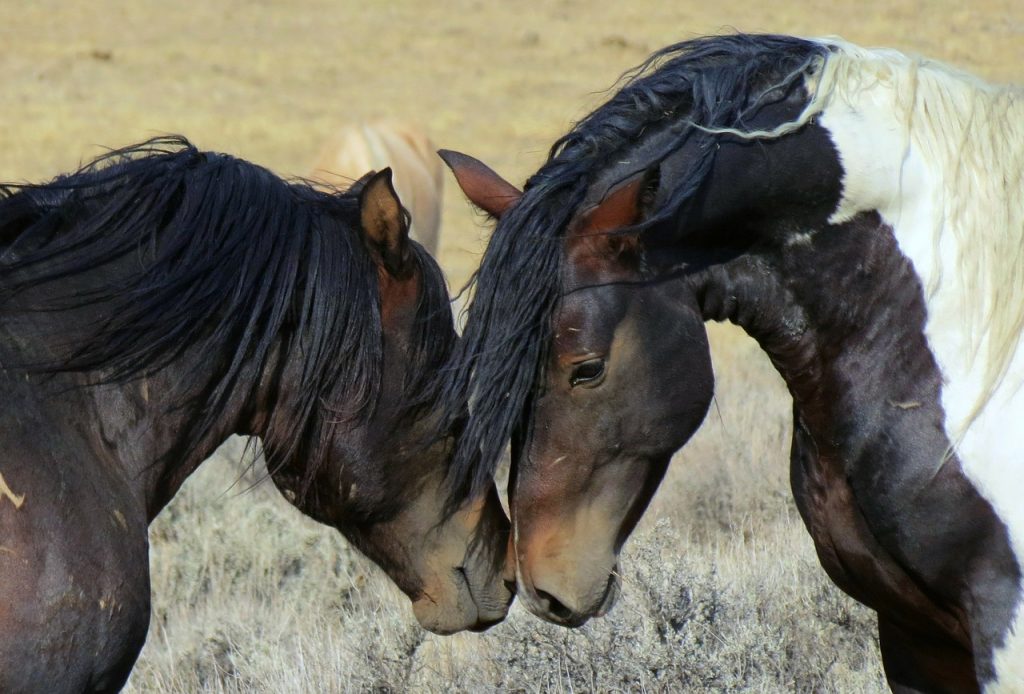Be a “People Whisperer”

Several years ago, I learned about Monty Roberts who is more famously known as “The Horse Whisperer”. The following excerpt is his story…
Monty Roberts spent his youth in the high prairies of the United States rounding up wild mustangs. He’d watch his abusive father tie the new horses to a post with a bridle and rope, then frighten them with a blanket so they would attempt to run away. By repeating this process over and over, his father was eventually able to break the spirit of the horse and control it in any way he wanted. Beyond his father, he also observed another popular way to break a horse: tie it to a tree or post and beat the horse until its will was broken and the horse would submit to its master. Watching this happen, Monty began to think there had to be another way to train a horse, something that was more effective and more compassionate.
So he took to the plains where he observed how the wild horses communicated with each other. In particular, he observed the position of the lead mare as a new horse attempted to join the herd. When a young stallion attempted to join the herd, the lead mare would turn toward him, flatten her ears and look directly into his eyes: the language and position of challenge. The stallion would stop his approach toward the mare, and adopt the position of a foal, pawing the ground and bowing in submission. The mare would then turn her flank toward the new horse and lift her ears…an offer of invitation. This was a position of vulnerability for the lead mare, as when she exposed her flank, she exposed the part of her body that predators would always attack. It was a body position of vulnerability and openness.
The young stallion, given this invitation, would inch closer to the lead mare. As he drew closer, the lead mare would again turn towards the young stallion, flatten her ears and make direct eye contact: Challenge once more.
This process of invitation and challenge would be repeated until the two would eventually touch (an exhilarating moment called “join-up”), and at that point, the young stallion would be admitted to the herd. Monty began exploring whether he could replicate the process of alternating between invitation and challenge in training a horse. He found that when he acted like a lead horse, the other horses adopted a submissive posture. When he exposed his flank, the horse inched closer. He simply imitated what he saw the lead mare doing.
Monty learned to fully train even the most abused horse in minutes. His gentle “horse-whispering” is in marked contrast to his father’s harsh and abusive control.*
I post this story because organizational leaders can learn much from Monty Roberts. Too often, leaders take the posture of Monty’s father… just “beat” everyone into submission. This comes in many forms: arrogance, autocracy, not listening, being unrealistically demanding, passive aggressiveness, narcissism…this list could go on. Although leaders who use such tactics may achieve the goal of submissiveness, they certainly are not achieving a productive culture. Instead, they create a non-productive, stressful culture.
The best leaders today are taking a different tactic. Like Monty, they act as “whisperers”, leaders who intentionally invite their teams into some level of relationship. Once a connection is established, they then work to challenge those on their teams to achieve, build and excel. Their teams respond because challenge comes not out of fear, but out of a trusting relationship. The result? A healthy productive culture instead of a toxic one.
So, what kind of leader are you? Are you creating a stressful environment by only challenging? Or are you being a “people-whisperer”, leveraging invitation, making connection and challenging out of a true concern for your team? Only one will lead to health and productivity.
*Mike Breen, 3DM Publishing, 2011
